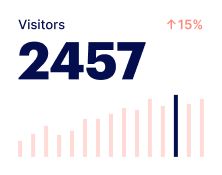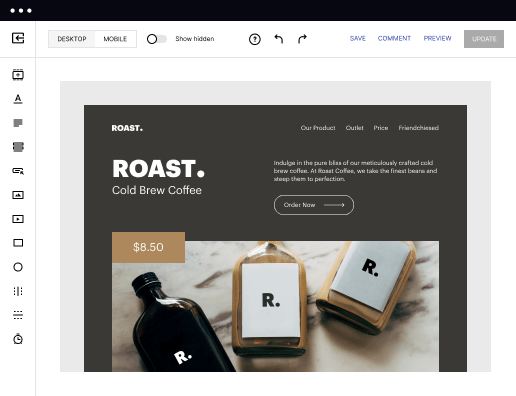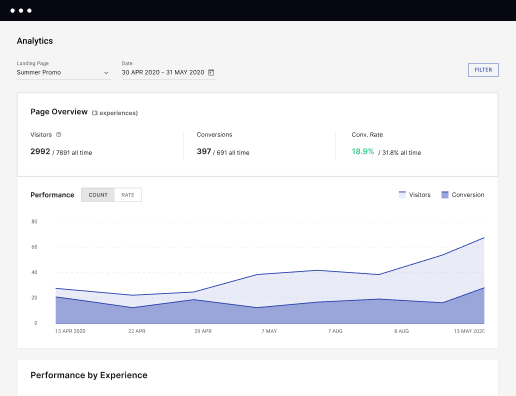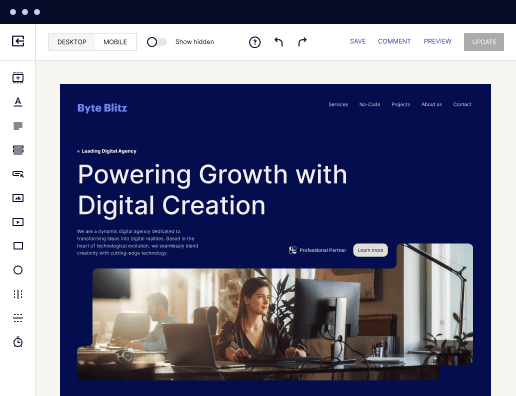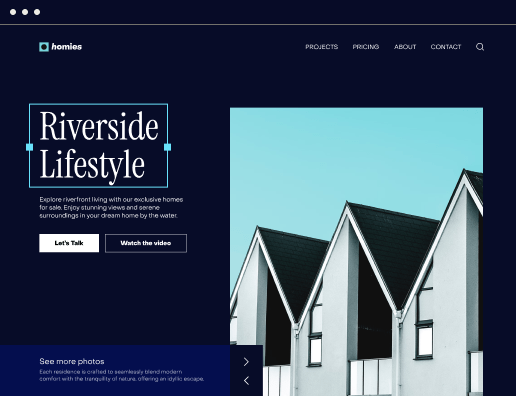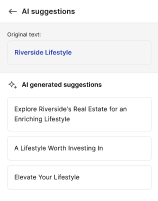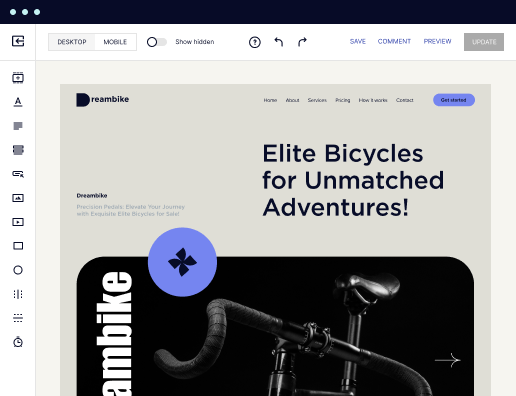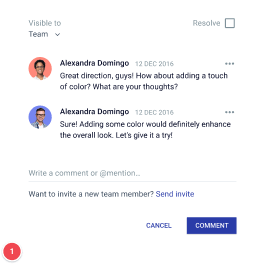Make your 403 forbidden page designed for SUSE Linux Enterprise
Instapage empowers you to reduce costs, increase conversions, and deliver meaningful experiences on SUSE Linux Enterprise.
Build your 403 forbidden page on SUSE Linux Enterprise with Instapage
Creating a 403 forbidden page on SUSE Linux Enterprise can be daunting, but with Instapage’s landing page builder, you can craft pages quickly and efficiently. The platform empowers marketers to reduce operational costs while enhancing conversion rates through structured and relevant landing page experiences. This guide will provide you with a straightforward method to set up a functional 403 forbidden page that speaks to your audience.
Understanding the 403 Forbidden Error
A 403 forbidden error arises when a client is not allowed access to the requested resource. This error can occur for various reasons, including missing permissions or restrictions in the server configuration. Using Instapage, we can create a user-friendly and informative 403 page that integrates seamlessly with your SaaS or business website.
Step 1: Setting Up Your Landing Page
Begin by logging into your Instapage account. Follow these steps to create a landing page specifically for the 403 error:
- Select from 100+ conversion-focused layouts provided by Instapage. This ensures you choose a design that aligns with your brand aesthetic and maximizes user engagement.
- Utilize Instablocks to simplify the design—from headers to footers—making it quick and easy to add multiple elements to your page.
- Incorporate dynamic text replacement if you have several client segments, enabling personalized messaging directly related to your target audience.
Step 2: Optimizing for Higher Conversions
After designing the layout, it’s time to optimize the page. Instapage offers built-in experimentation features to help assess your page's performance.
- Use detailed heatmaps to analyze user behavior on your forbidden page, helping to inform design adjustments that can lead to better messaging and lower bounce rates.
- Conduct A/B tests to try out variations of your message and layout. This will allow you to understand which version resonates more with your audience.
- Access real-time performance analytics via the dashboard to track engagement metrics and adapt your strategy continually.
Step 3: Collaborating for Feedback
Finally, leverage Instapage's collaboration tools to streamline page production. Engaging team members or external stakeholders for feedback is essential in this process.
- Provide instant feedback directly on the page elements; this means changes can be implemented immediately without back-and-forth emails.
- Conduct real-time edits where necessary, ensuring that the final version of your 403 page aligns with your organizational standards.
- Securely share the landing page with stakeholders to gather insights and finalize details before publishing.
Creating a compelling 403 forbidden page can enhance user experience even in error states, thereby increasing trust and brand loyalty among your audience. This is essential for maintaining a positive relationship with visitors.
Ready to start building your 403 forbidden page on SUSE Linux Enterprise? Sign up for Instapage today and discover how simple it can be to create high-converting landing pages tailored to your needs.
Get more out of Build your 403 forbidden page on SUSE Linux Enterprise
Improve your Quality Score with quick load technology for landing pages
Increase conversions with content that aligns with your ads and audiences
Achieve maximum ROI by scaling your marketing initiatives
Leading the way in building high-performing landing pages





FAQs
See how to build your 403 forbidden page on suse linux enterprise in action
Ready to skyrocket conversions?
Supercharge your ad campaigns with high-performing landing pages.
Get started
